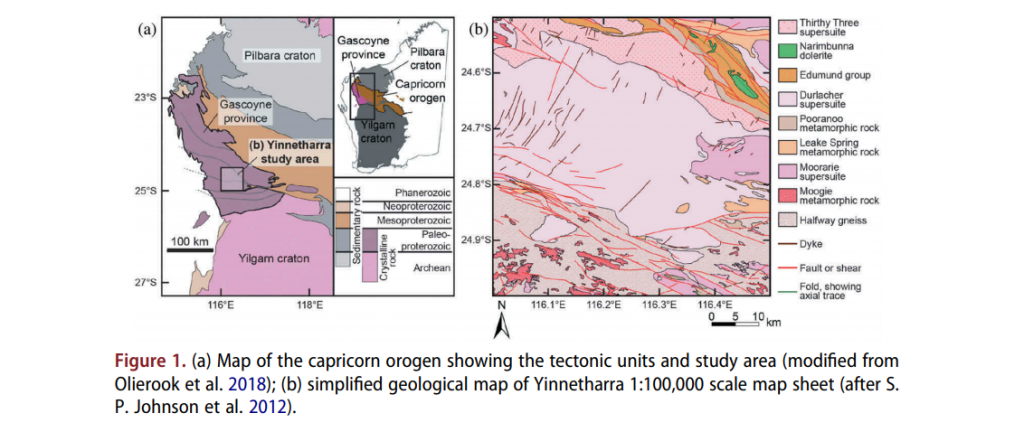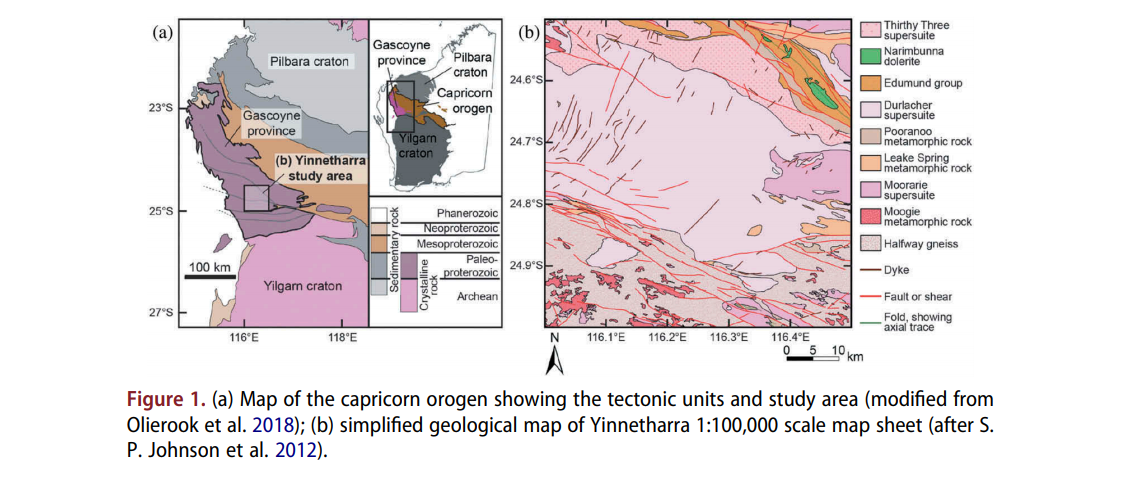
Abstract: The extraction of tectonic lineaments from digital satellite data is a fundamental application in remote sensing. The location of tectonic lineaments such as faults and dykes are of interest for a range of applications, particularly because of their association with hydrothermal mineralization. Although a wide range of applications have utilized computer vision techniques, a standard workflow for application of these techniques to tectonic lineament extraction is lacking. We present a framework for extracting tectonic lineaments using computer vision techniques. The proposed framework is a combination of edge detection and line extraction algorithms for extracting tectonic lineaments using optical remote sensing data. It features ancillary computer vision techniques for reducing data dimensionality, removing noise and enhancing the expression of lineaments. The efficiency of two convolutional filters are compared in terms of enhancing the lineaments. We test the proposed framework on Landsat 8 data of a mineral-rich portion of the Gascoyne Province in Western Australia. To validate the results, the extracted lineaments are compared to geologically mapped structures by the Geological Survey of Western Australia (GSWA). The results show that the best correlation between our extracted tectonic lineaments and the GSWA tectonic lineament map is achieved by applying a minimum noise fraction transformation and a Laplacian filter. Application of a directional filter shows a strong correlation with known sites of hydrothermal mineralization. Hence, our method using either filter can be used for mineral prospectivity mapping in other regions where faults are exposed and observable in optical remote sensing data.
Citation: Ehsan Farahbakhsh, Rohitash Chandra, Hugo K. H. Olierook, Richard Scalzo, Chris Clark, Steven M. Reddy & R. Dietmar Müller (2019): Computer vision-based framework for extracting tectonic lineaments from optical remote sensing data, International Journal of Remote Sensing
Full text available here.
![]()

